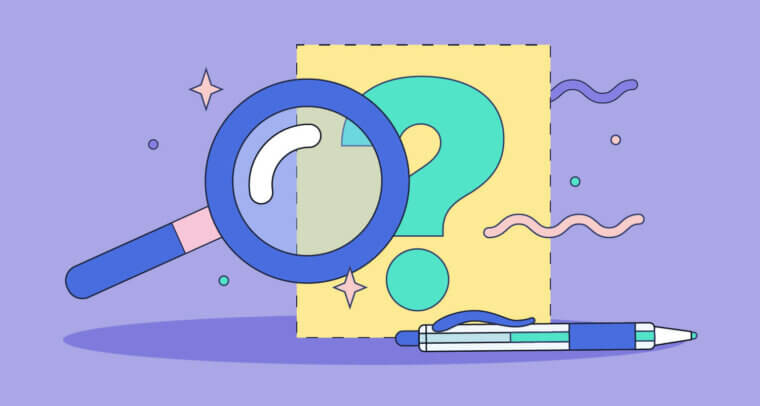
People use which and that every day. Just because these words are common doesn’t mean they’re easy to use. In particular, the way they’re used with different kinds of clauses can cause a lot of confusion, but there’s an easy way to remember which one to choose.
Which vs. that: What’s the difference?
The difference between which and that depends on whether the clause is restrictive or nonrestrictive.
- In a restrictive clause, use that.
- In a nonrestrictive clause, use which.
- Remember, which is as disposable as a sandwich wrapper. If you can remove the clause without destroying the meaning of the sentence, the clause is nonessential (another word for nonrestrictive), and you can use which.
To understand when to use that or which, it’s important to understand clauses. A restrictive clause (also called an essential clause or a defining clause) contains information that is essential to the meaning of the sentence. In American English, only that is used for defining clauses. Here’s an example:
From this sentence, you understand that the speaker has at least one other bike. Specifically, the bike they’re talking about is distinguished from their other bikes by its broken seat. If you removed the clause “that has a broken seat,” you would lose the implication that they own more than one bicycle, and even if you somehow knew about the other bikes, you wouldn’t know which one was in the garage.
Which introduces nonrestrictive clauses. Unlike restrictive clauses, nonrestrictive clauses (also called nonessential or nondefining clauses) don’t limit the meaning of the sentence. You might lose interesting details if you remove them, but the meaning of the sentence won’t change. These clauses are set off by commas.
Here, the broken seat is simply a description of the bike in the garage. There’s no implication that the speaker owns more than one bike. Do you see the difference? Perhaps a little mnemonic device will help you to remember how to choose between that and which.
How to remember the difference between that and which
Because nonrestrictive clauses add removable information, it’s easy to remember to use which if you think of the paper that a sandwich comes wrapped in. It is disposable, and so are clauses with which.
Examples of that and which
Which and that are common words, but they are important ones. By identifying your clauses as restrictive or nonrestrictive, you can easily remember when to use which and when to use that. If you are ready to learn more, study up on restrictive and nonrestrictive clauses.






